Dwarf iris involuntarily attract the look of the beauty of their buds and the colorful color. These wonderful flowers can be planted on the flower beds and lawns, in curbdoms and chapets, on the Alpine slides and in stone gardens - the culture will look luxurious everywhere.
Description of dwarf iris
Dwarf irises refer to low cultures, the height of the stems of which does not exceed 40 cm, although most of the copies grow up to 20 cm. Regardless of so small growth, the buds of the irises of this type are practically not different in size and form from the flowers of their tall collections. The color range of petals of this culture is also very diverse and is represented by lilac, purple, yellow and other shades.
Each bloomon is capable of giving 2-3 flower, and the shoots themselves on one busy grows quite a lot, in connection with which bloom is quite abundant and the motley. In contrast to medium and tall irises, their dwarfs get together the unpretentiousness and ease of care.
This culture is customary to divide 2 types: standard dwarfs and dwarf miniature irises. If you decide to grow low grade of this plant, pay attention to their advantages:
- bootonization of dwarf iris occurs for the second year after landing, which makes it possible to get a beautiful flower bed as soon as possible;
- culture blooms 2 weeks earlier than its tall analogues, and is distinguished by the abundance of buds;
- dwarf irises have not only colorful inflorescences, but also a spectacular foliage that retains its attractiveness throughout the season.
The use of culture in landscape design is quite wide and varied. These magnificent flowers can be found in curbdoms, rockers, potted gardens. They draw up the boundaries of paths, tracks, lawns, plant in beautiful containers or used in a variety of flower compositions.
Variety of dwarf Irisov
Dwarf irises were cultured not so long ago, about 100 years ago, but during this time a huge number of their varieties appeared. Consider in more detail those species that are often grown in the gardens of our country:
- Irises "Wink" varieties are characterized by the snow-white color of the inner petals and the sky blue color of the lower dollars. The height of their stem reaches 23 cm. On one blooming, 2 booton is formed about 5x9 cm.
- Irises "Cry Baby" have large flowers of 5.5x10 cm of a gentle blue shade. In the process of flowering, petals can burn out in the sun and become practically white. The stems grows up to 28 cm in height and produces 1-3 colorful buds.
- The "Puppet" variety has a lavender color and petals with brown streaks. The flowers in these irises grow up to 30 cm in height and produces an average of 3 booton, the size of which is approximately 5x11 cm.
- Dwarf blue Iris variety "Sapphire GEM" is distinguished by an attractive saturated blue tint, on the petals there is a white beard. The size of the buds is 6x10 cm, the height of the stem reaches 37 cm. On one bloomer is dissolved from 3 to 4 flowers.
- The "Little Dream" variety has rather large buds of approximately 6.5x11.5 cm. The color of the petals is a gentle-lilac, the color of the beard is blue. The stem grows in a length of 35 cm and gives 2-3 flower during the bootonization period.
- Yellow Dwarf Iris varieties "CARATS" is distinguished by an attractive yellow-orange tint. The beard on the petals is snow-white, on the tips turning into the reddish.
Landing of dwarf iris
Landing any plants begins with choosing a place in the garden. Dwarf irises love the sun and space, only in such conditions they will give colorful and bright buds. Try to break the flower bed on a light open place where many sunlight falls throughout the day. This culture is optimally suitable for landing in climbing and rockers, where it can be positioned even on the southern slopes.
Irises love lightweight, breathable, nutrient soil with a neutral reaction. If the soil in your garden is not loose enough, mix it with sand. It is desirable to make alkaline substances: ash, lime, etc. Do not forget to create a good drainage that will not allow excess moisture to stagnate in the ground and spoil the roots of plants.
The landing of dwarf irises is carried out according to the same rules as ordinary tall varieties. Consider this process in stages:
- It is possible to plant plants in the soil in the warm season: from the first weeks of spring and ending in mid August. The advantage of the Iris is that they are well withstanding any transplants and perfectly come true in a new place.
- By choosing a place in the garden, reap the land to a depth of 25 cm and enter nitrogen, potash and phosphoric fertilizers to the soil. On 1 m² of the area should have 10 g of nitrogen and 20 g of phosphorus and potassium.
- Before jumping into the ground, the culture cuttings should be treated with a solution of manganese, in which they are withstanding about 2 hours. So you will reduce the risk of developing diseases.
- Irises are bought into the ground so that the root cerv is located above the soil level.
- In the first 5 days, the culture is abundantly watered if hot weather is standing on the street. A few hours after irrigation, the land is neatly loose, trying not to damage the rhizomes.
- The soil around bush can be mulched, but it is necessary to do it carefully, taking into account the fact that the irises do not like mulching organic, wood bark, grass and any other plant materials. For a similar purpose, the use of small pebbles or coarse sand is optimal.
Caring for dwarf iris
Dwarf irises are unpretentious and do not require much care. In the spring, they can be filtered once before the start of the bootonization period. Feels with potash-phosphoric compositions that will help the culture to form beautiful and large buds. To stimulate flowering, you can use this scheme:
- at the beginning of spring, the irises ferture nitrogen-potassium substances;
- after 3 weeks, nitrogen and phosphorus are introduced into the soil;
- when irises bloom, they are fed by mineral compositions.
During the season, the faded buds need to cut, and after the end of the flowering, it is customary to completely remove the patterns. At the end of the season, the culture is cut, cutting up to 10 cm foliage.
Once in 3-4 years, irises are divided and searched. To do this, it is first cut off the leaves at 7 cm from the ground level, the roots are digging and divided into parts, leaving 1-2 leaf outlet on each fragment.
Reproduction of dwarf bearded irises
Vegetative way
The most simple and most popular method of reproduction of Iris is the division of rhizomes. It is possible to carry out such a procedure at any time, but it is best to do this after the end of flowering when the plants occurs at rest period. To divide the rhizomes bush, you can dig up completely or cut off the fragment from the parent plant. I dug the roots from the ground, they are washed with a jet of water to wash out the soil, and then divide on the links. The roots are shortened by 10 cm, and the foliage is trimmed by 15 cm. Then the fragments of plants are treated with a solution of mangalls for 2 hours and dried under sunlight.
The second method of vegetative reproduction is the budding method. Each annual root link has a spare kidney from which a new bush can grow. Such a fragment of the rhizomes is separated, disinfected by manganese and plant on growing. This method is convenient to use when, from a small number of mother bushes, you need to get a large number of new copies.
When reproduction in the vegetative way, irises can begin to bloom in the first year, if they were planted in July-August.
The reproduction of Iris Seeds
Seed reproduction is used in cases where they want to cross the varieties and get new hybrids. Seeds are customary to sow autumn immediately after the planting material was assembled. Sometimes Irises are sowing in the spring, but in this case the grain must be stratified. This is done as follows: the grains are soaked in water for several hours, then stirred with large-scale sand and hide in cold for 15 days.
Seeds that sow autumn deepen into the ground by 2 cm. Sprouts appear in the spring, but completely iris germinate, as a rule, for the second year. With this method of reproduction, the culture begins to bloom no earlier than 3 years after landing.
Using dwarf irises in landscape design
At the flower beds and in flower arrangements, dwarf irises look good in combination with spring-wearing and some summer-wearing cultures. As for the first group, the most excellent neighbors for the Irisov will be daffodils, tulips, Pushkin or Imperial Rybchik. In the mountaineers, these low-spirited attractive flowers look great in the company with flocks, rocking Alissum, Journery, Caucasian flavored. With the help of dwarf irises, you can make rosary, because in combination with roses, this culture also looks great.
When disembarking irises in climbers or rockers, pay attention to the fact that these plants need sufficient space. Try not to plant a number of splinters and soil crops that can simply "strangle" the beauty of the irises.
This type of color is great for the design of borders and creating chances. Especially spectacularly luxurious buds look on the background of stone sucks, shallow pebbles, sand or other decorative mulch.
Dwarf irises are often grown in pots and vases, kashpo and stone bowls, as well as in other tanks that can be installed directly on the household plot, loggia, balcony, veranda. When landing the irises in the pots, it is necessary to provide them with a good drainage, because plants do not tolerate water stagnation. Choosing a container, prefer these options that have good drain holes below. The drainage layer can be created from broken bricks, crumbs, small pebbles. A layer of such a material should be at least 5 cm, moreover, it is necessary to cover it with nonwoven material, and already after covering the thickness of the soil.
Dwarf irises, photo:


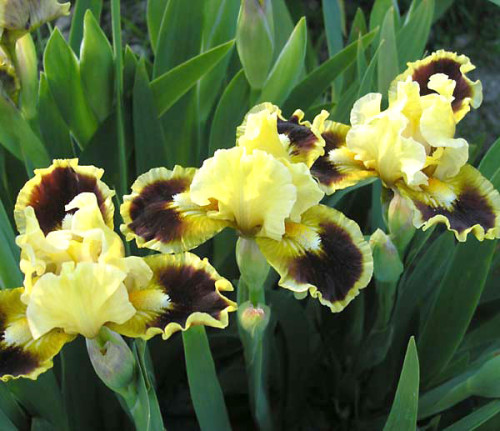
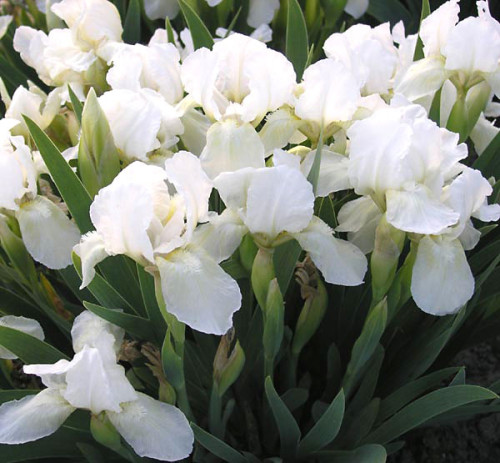
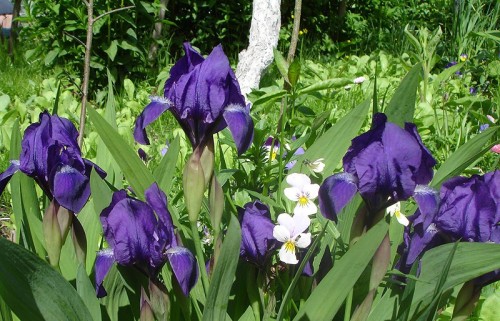
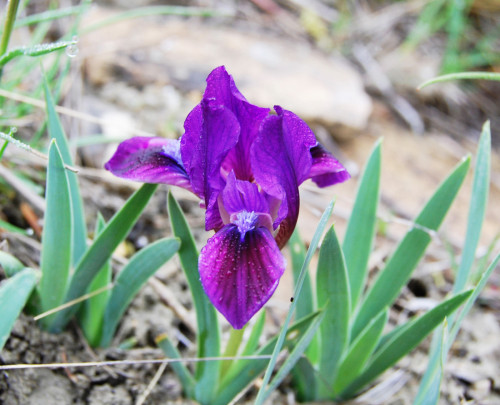
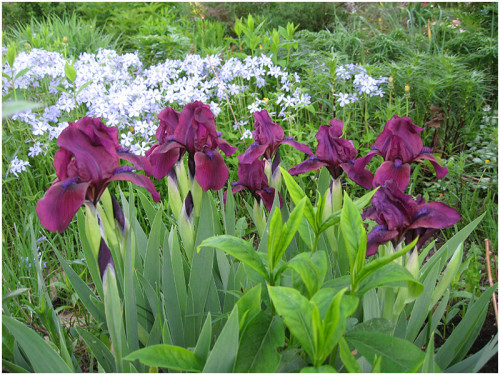
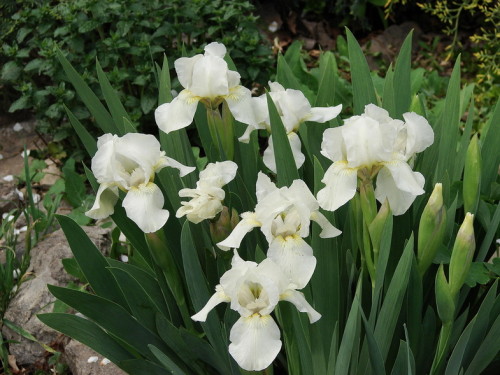
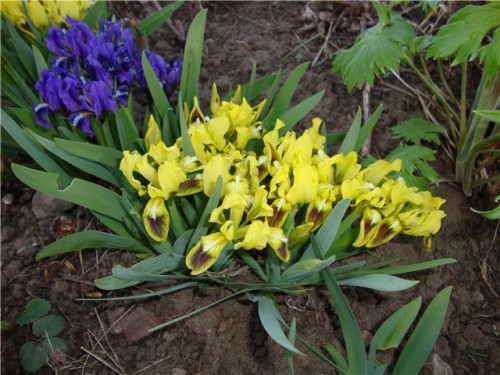
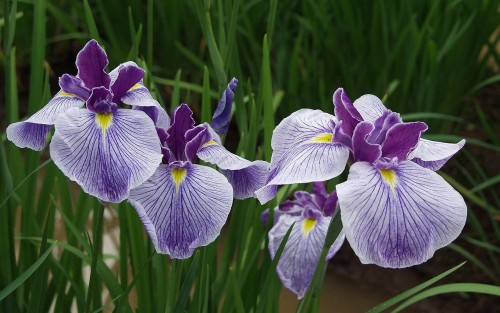
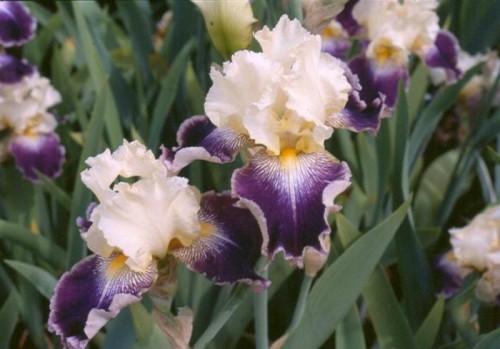
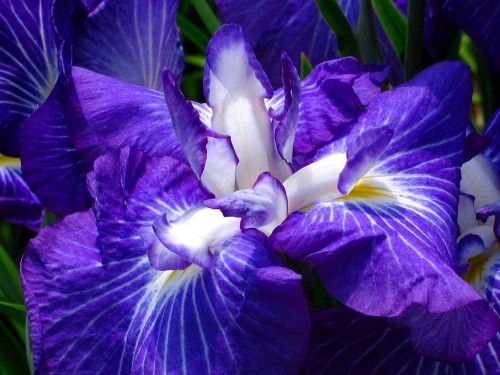
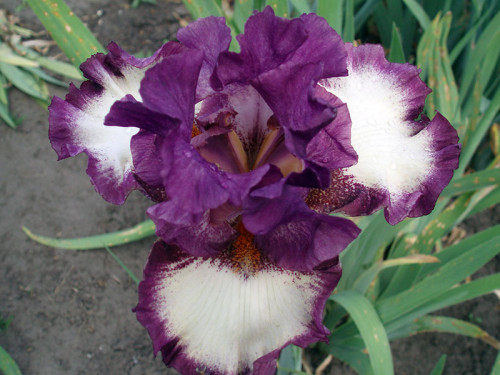
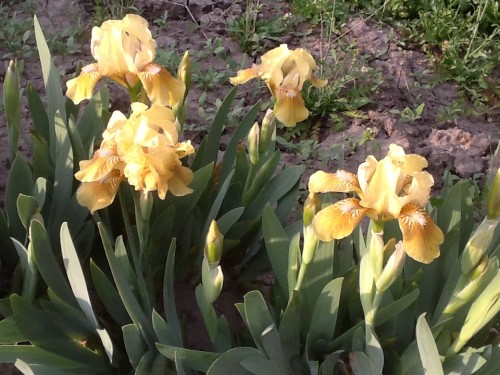
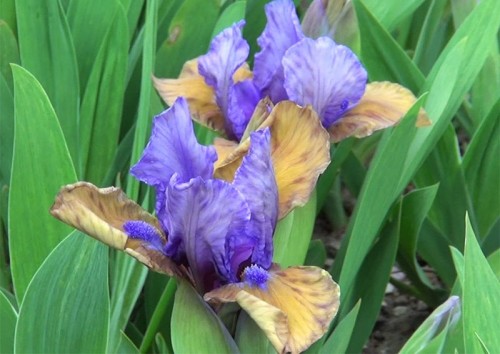
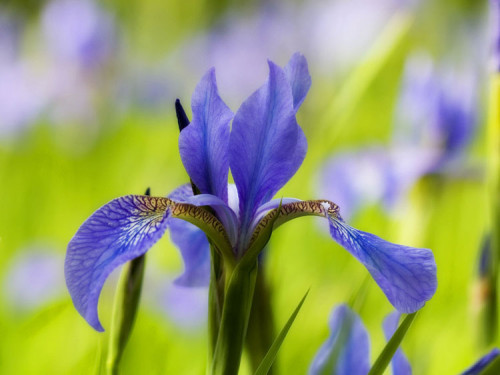












 Start a discussion ...
Start a discussion ...